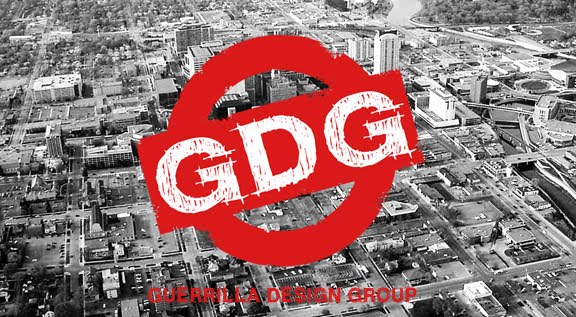It got us thinking, Rochester spent months pouring over proposals from non-profits and organizations pursuing a portion of the City's sales tax dollars. The largest of those proposals, Destination Medical Community, seeks to promote the tourism industry, livability, and economic vitality of Rochester. But maybe this bid was mis-"Target"-ed. Why not piggy back on the trend of stadium redevelopment projects in cities throughout the country to stimulate the community to reinvest in activities downtown.
 |
| New Mayo (Target) Field on the Fullerton lot |
A site that would work toward this type of project is the site of the current Mayo Fullerton lot east of the Zumbro River. With the downtown master plan envisioning a 6th Street SE bridge and road extension and the proposed dedicated trolley route along 2nd Street SW and 4th Street SE, this site provides a higher and better use to bring more businesses and pedestrians into the core of downtown.
What better way to spend future tax dollars than on a speculative partnership venture with the Mayo Clinic, City of Rochester, Rochester Downtown Alliance, and a potential wealthy donor?
Spectators can float out on the river (a la AT&T Park in San Francisco) and collect the monster homerun balls that sail over the outfield bleachers. Or possibly stay at the new City Centre Holiday Inn with views overlooking the ballpark. Or grab a hotdog on the street from a vendor before heading to City Hall to pay your $17 parking ticket (which, coincidentally is paying for the stadium).
We have an additional year now that the referendum vote for sales tax has bee postponed. It is not too late to make Rochester the premiere baseball destination in the country. Let's get to it, lawmakers!





















